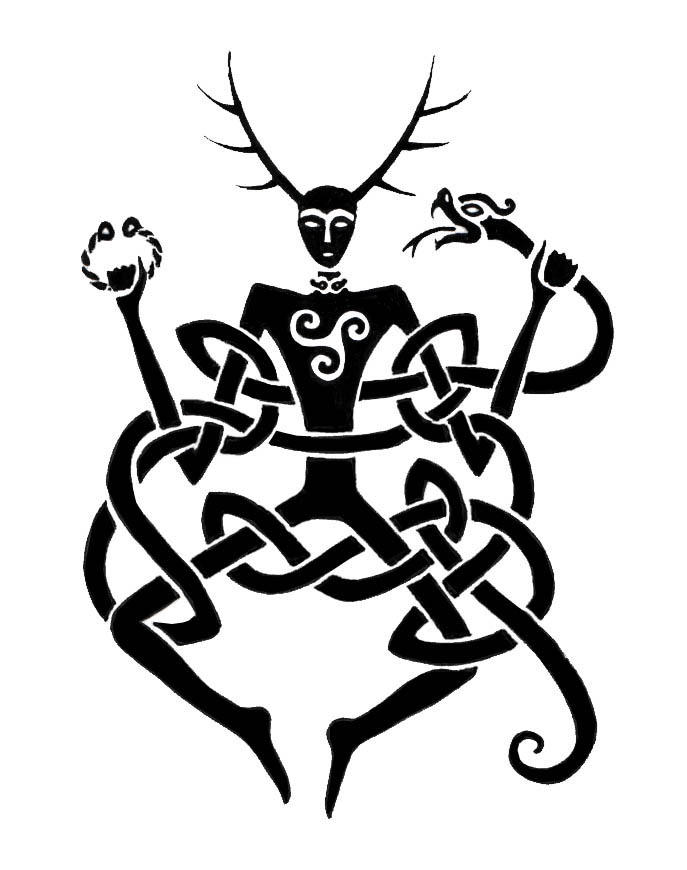Primitive Figuration
The Book “100 Ideas That Changed Graphic Design” defines Primitive Figuration as the simplification of body, head, arm, leg and facial features it is the reductions of realistic form into raw, abstract, interpretive shapes. It stems from African art, which in 1905, was introduced to the West largely through German Expressionist graphics. Primitive figuration heightens the intensity of personal expression. This became the cornerstone of Modern logo and trademark design after WWI.
In this piece the artist, Henk van Os, found on behance.net, uses many colors and shapes to show many different scenes, some connected through
the boxes and other completely different. There are many different types of primitive figures including what looks like clowns, masked men, animals.
"Cernunnos by *dashinvaine on DeviantART." Cernunnos by *dashinvaine on DeviantART. N.p., n.d. Web. 19 Sept. 2013.
A picnic at the shore with a character indulging in an unrecognizable activity, most likely one that requires focus and channeled amounts of energy.
Derr, David. "Bēhance." Behance. N.p., n.d. Web. 17 Sept. 2013.
This primitive figuration of Herakles and The Hydra is by Bridgit Amodori on Behance.net. Herakles is sent to kill the Greek monster that is The Hydra. This snake like creature is thought to be impossible to kill since every time Herakles chopped a head off it regenerated two more. Eventually Herakles used a torch to singe the severed heads and slay the monster.
"Bēhance." Behance. N.p., n.d. Web. 19 Sept. 2013.


No comments:
Post a Comment